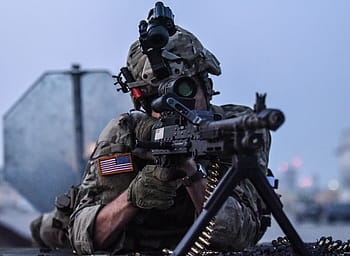
In September, at Aberdeen Proving Ground, the US Army demonstrated the prowess of its latest rifle, automatic rifle, and fire control system during a live-fire media showcase. This advanced arsenal, tailored for close-quarters combatants such as infantry, scouts, combat engineers, and special operations units, offers enhanced precision, extended range, and superior lethality. Officials highlighted that “these new systems represent a significant leap in the firepower of a squad or platoon, offering a more precise, longer-range, and more lethal arsenal than ever before.”
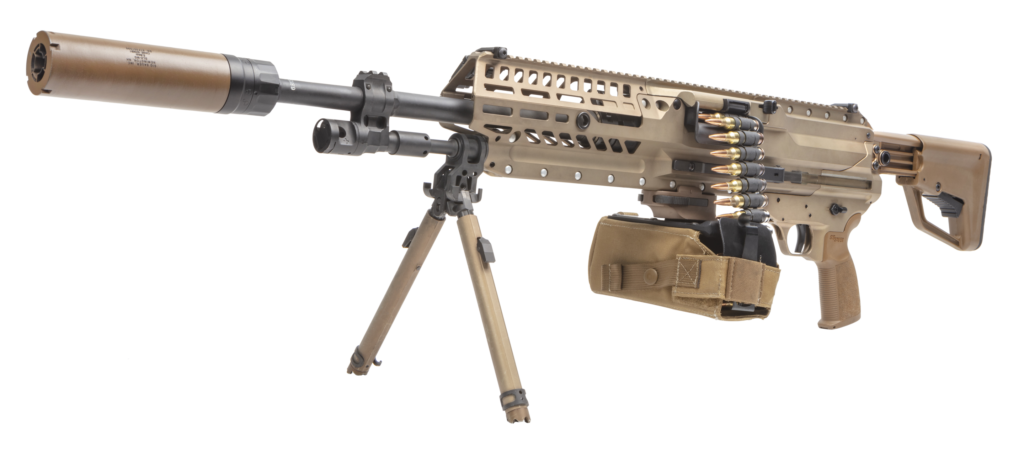
Significant here, as volunteers moved to the firing line, they were allowed to fire both the Next Generation Squad Weapon XM7 rifle and the XM250 automatic rifle, the Army’s replacements for the venerable M4 carbine and M249 Squad Automatic Weapon.

Officials announced in a milestone moment that a unit within the famed 101st Airborne Division had received the new weapons that very week, paving the way for initial training later in the month. Moreover, a squad from the elite 75th Ranger Regiment will also be part of the testing phase.
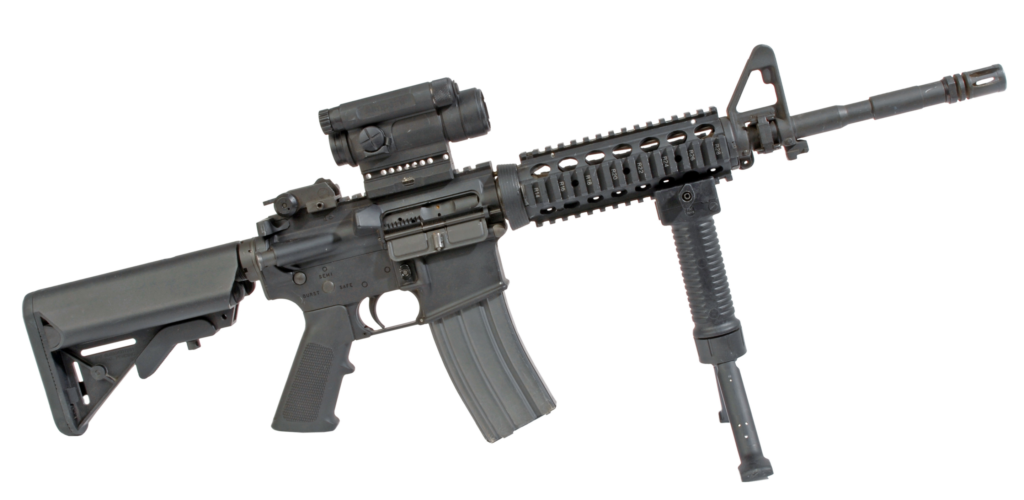
“Primarily, they’ll be evaluating how small units and soldiers employ the weapons, what adjustments they make to their kit and procedures, and how mobile they are in a side-by-side comparison with the legacy M4 and M249 SAW,” said Lt. Col. Micah Rue, the project manager for weapons at Program Executive Office Soldier. The first unit fully fielded with the Next Generation Squad Weapons also will come from the 101st Airborne Division, with fielding scheduled for the second quarter of fiscal 2024.
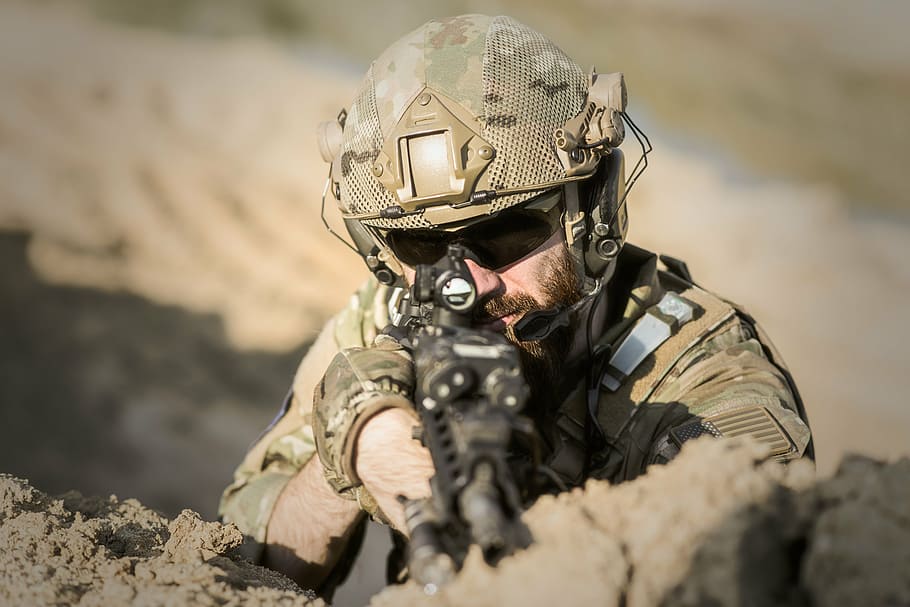
Now, down to the nitty-gritty of these weapons, the XM250 is a “belt-fed, air-cooled, lightweight, gas-operated, select fire, suppressed light machine gun that fires from the open-bolt position.” Compared with the XM7, it is a “piston-driven, modular, select-fire, magazine-fed, suppressed rifle” with its repertoire of evolved features like ambidextrous controls, AR-style charging handle, left-side charging handle, two-position adjustable gas valve, collapsible folding buttstock, match-grade two-stage trigger, free-floating MLOK handguard, and full Picatinny rail system.
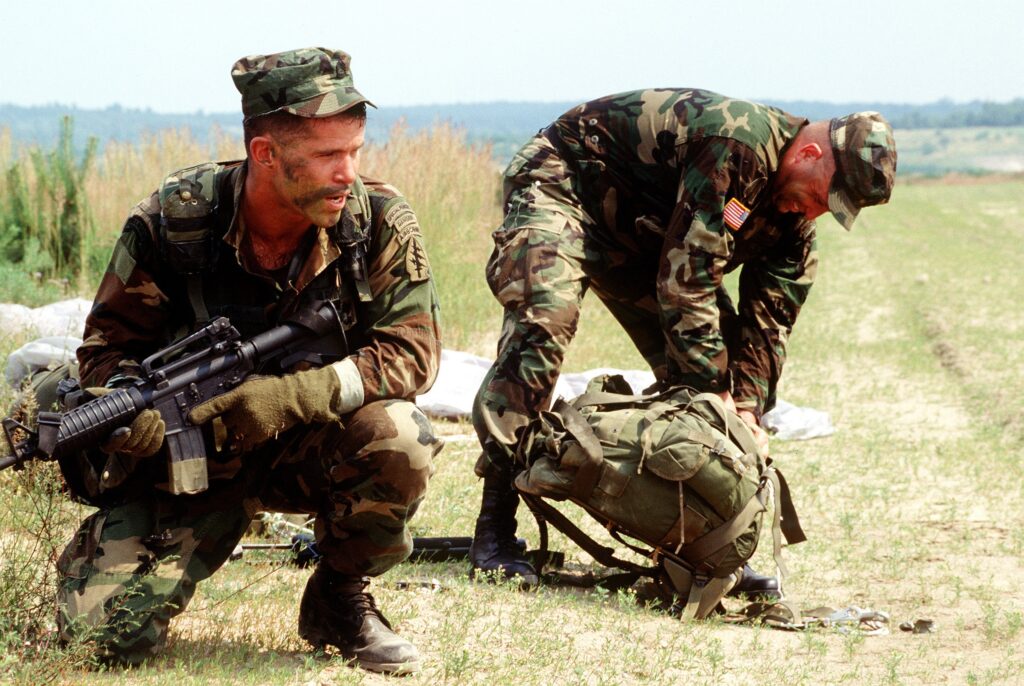
Notably, both weapons fire a powerful new 6.8mm “intermediate caliber” round and are paired with the state-of-the-art XM157 fire control optic, sporting a ballistics computer that gives aiming assistance to the shooter. “The optic runs on two CR132 batteries and operates for 250 hours on the low power mode setting,” PEO Soldier noted.
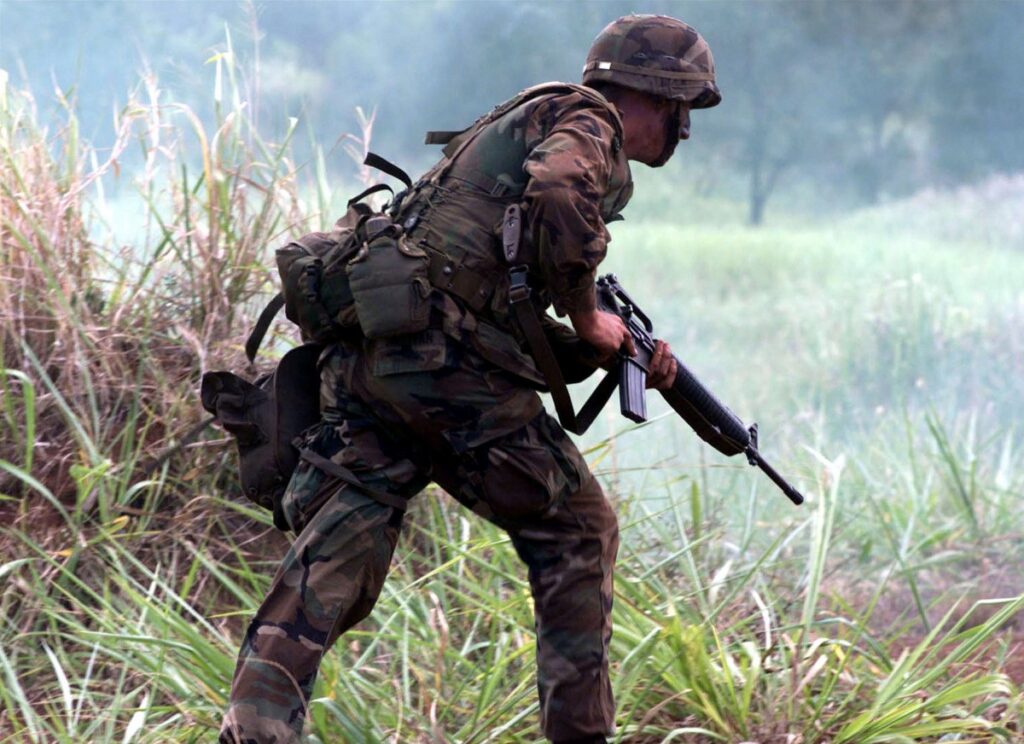
Weighting in during the live-fire event, the aiming assistance from the fire control was apparent; however, Lt. Col. Trond Ruud, product manager for small arms fire control at PEO Soldier, emphasized, “The fundamentals of marksmanship remain the same, even with this new weapon.”
In addition to standard 6.8mm XM1186 general-purpose ammunition, Soldiers will also have reduced range, blank, and tracer rounds available, along with marking rounds for force-on-force engagements.
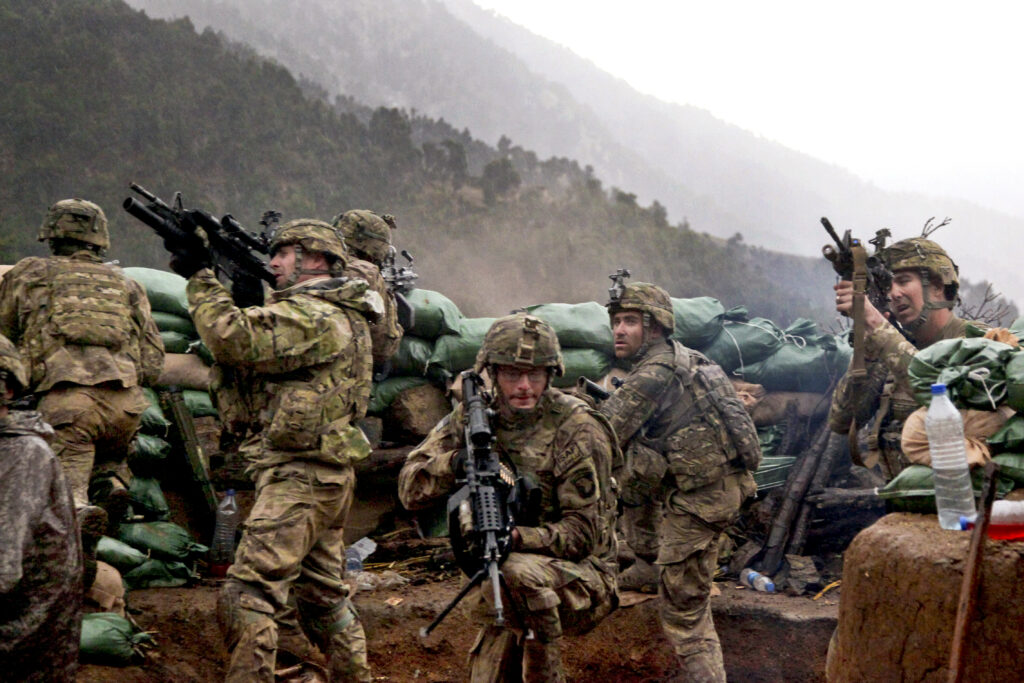
In the range, class members saw the flat trajectory and reduced optics adjustment out to 300 meters, and the capacity to instantly adjust aim points further downrange than that reach with the press of a button.
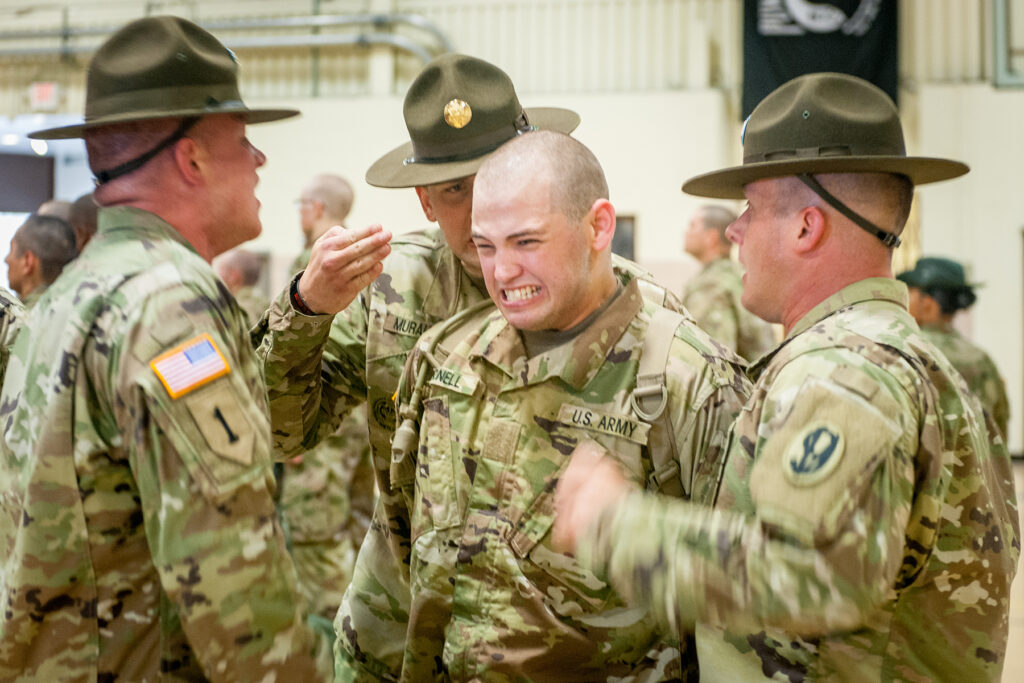
The cap for the 10-year contract for Sig Sauer weapons systems is $4.5 billion, and that for the Vortex Optics/Sheltered Wings optic is $2.7 billion, according to an announcement by the Pentagon.
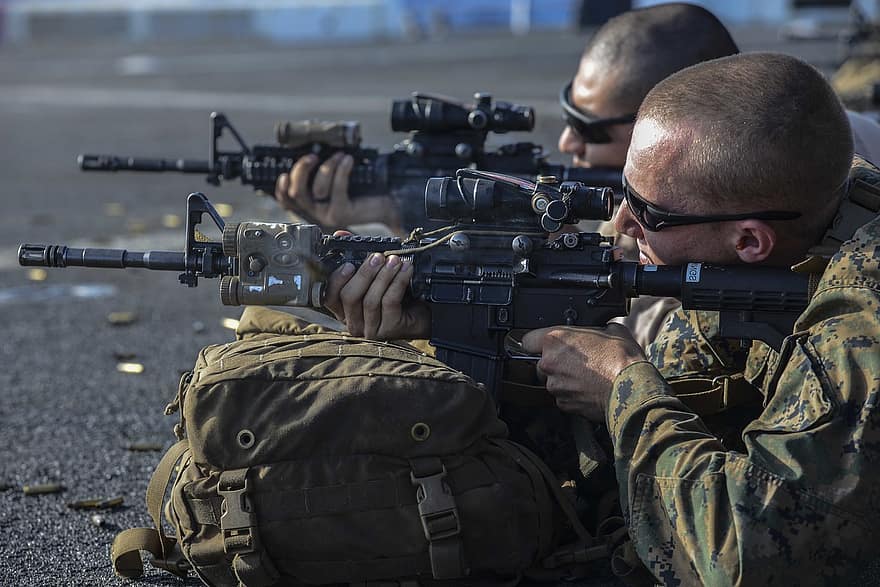
Both weapons were suppressed during the live-fire event, but the XM7 could fire either suppressed or unsuppressed. Probably most remarkable of all was when a soldier fired the XM250 on bursts through cinder blocks, penetrating the obstruction and striking the target at approximately 300 meters, something the legacy SAW could not do.
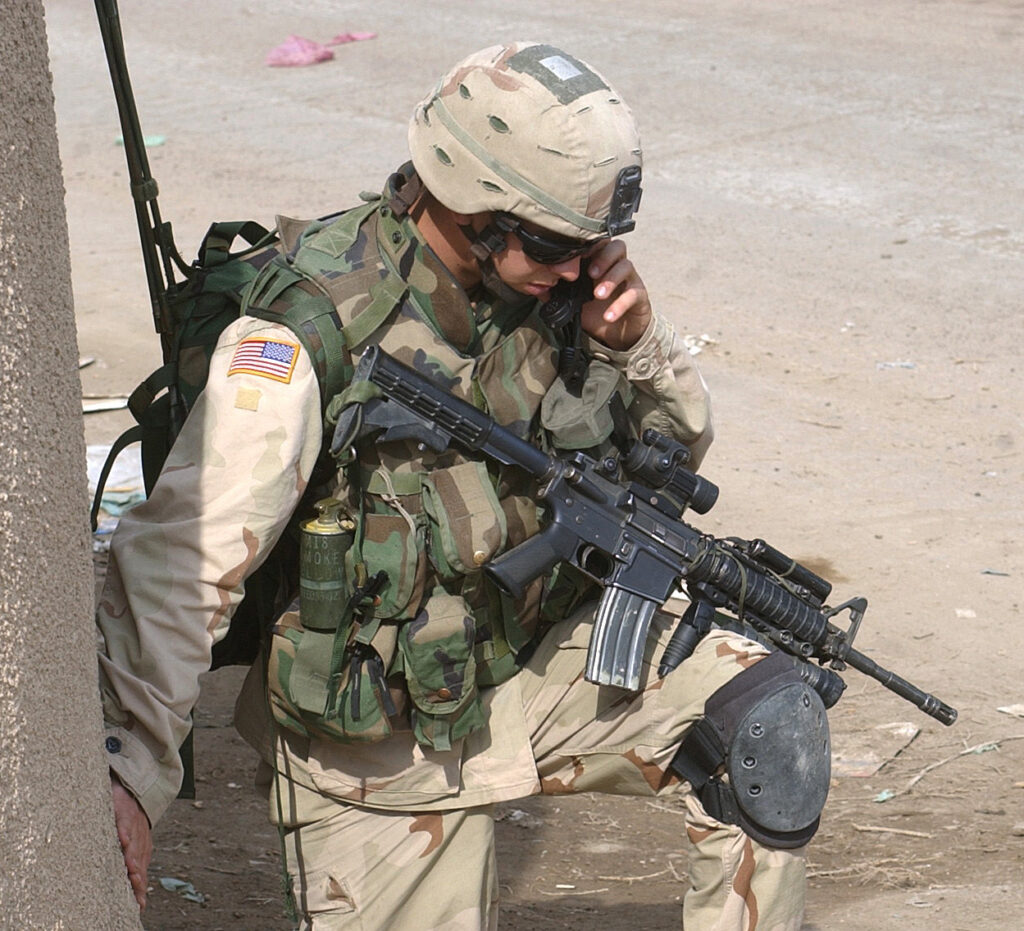
“That demonstration was an example of one of the multiple efforts that drove the push for a new round for squad-level shooters, a more lethal round on target with further reach. Or what Rue called “turning cover into concealment.” The capability will deny cover in certain terrain, meaning enemies can’t think themselves safe just by hiding behind a wall.

The 6.8mm round is based on a government-designed bullet, developed in part by the Army Marksmanship Unit, encased in a casing that holds far more powder for higher speeds than the current 5.56mm. The 5.56mm round evolved from the .223-caliber varmint hunting round and was designed for close-in shooting; it has been criticized almost from the time it came into general issue in the 1960s.
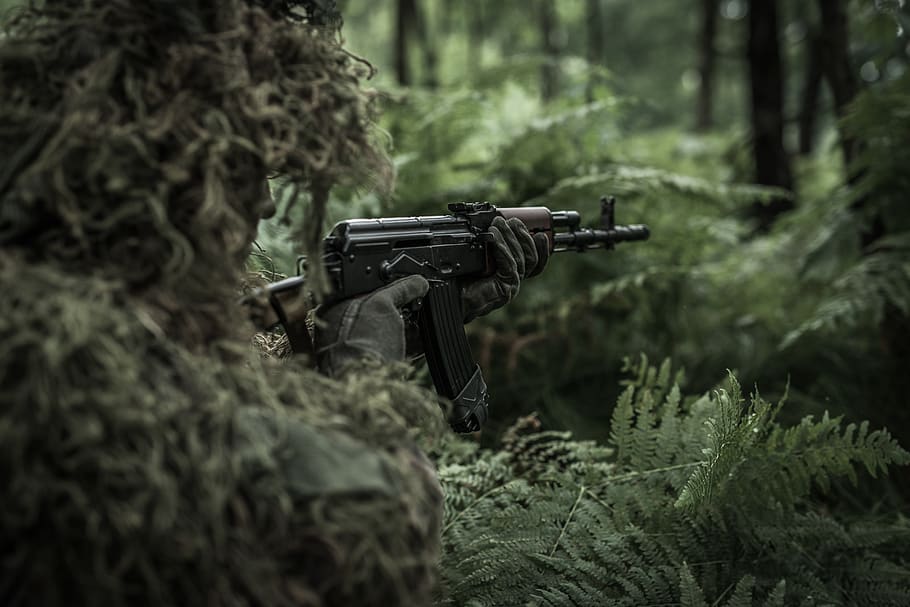
“Feedback from soldiers during combat operations in Afghanistan and a 2017 small arms ammunition configuration study provided support for an intermediate caliber option,” officials said, adding a few key takeaways: “Ballistic energy on target provides better lethal effects.”
Weight for the XM7 is about 3 pounds more than for the M4, and the felt recoil with the former is a bit more pronounced. Accuracy, even with minimal familiarization, was on par close up and better than the above at distances beyond 300 meters.
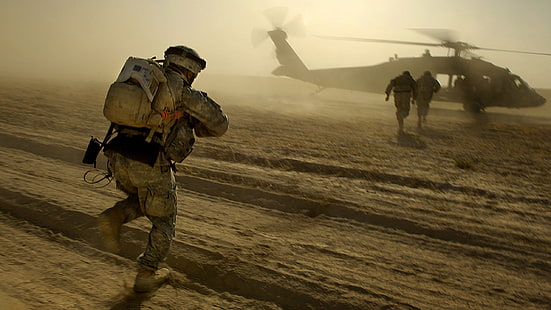
By comparison, the XM250 weighs 2.7 pounds less than the SAW. Under both new systems, troops will carry fewer rounds, 140 for the XM7, compared with 210 for the M4, and 400 rounds for the XM250, compared with 600 for the SAW.
Time and again, however, Army lethality experts have underscored that the heightened effectiveness and accuracy of the weapons and rounds will mean soldiers can fire fewer rounds with the same or better results.
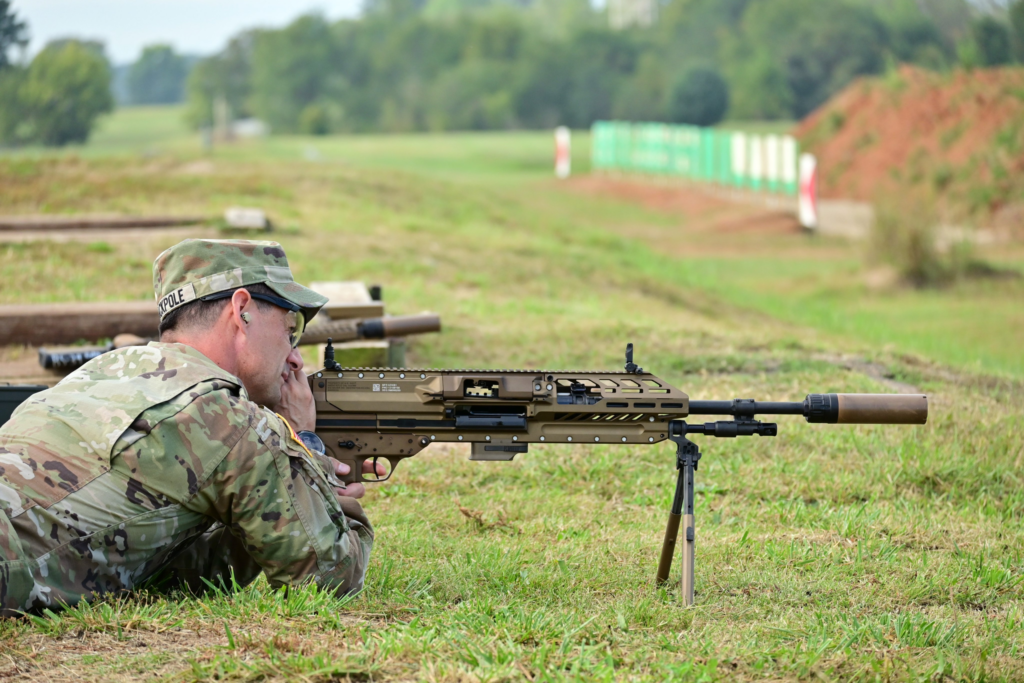
A standard XM7 load will include seven magazines, freeing up space on soldier kits. The Army has developed new gear carriage systems compatible with the weapons, another aspect that will be closely scrutinized as soldiers test the systems. “That’s another piece of what developers will be watching as soldiers test this out, how does it affect the rest of their kit and how they perform,” Rue explained.